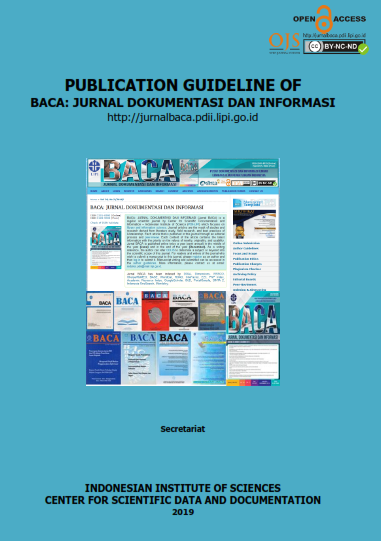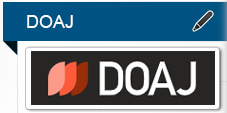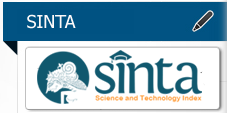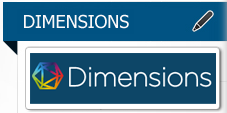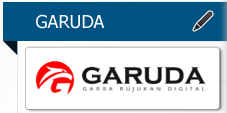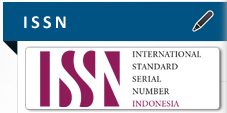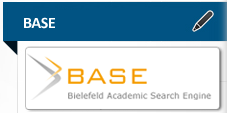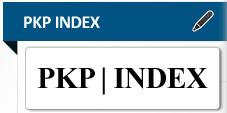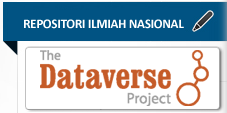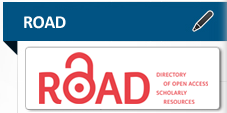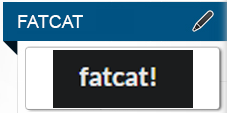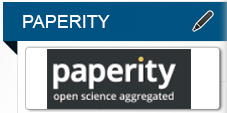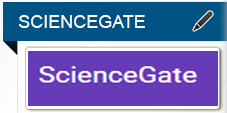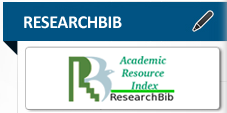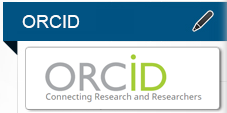POPULATING INSTITUTIONAL REPOSITORY: FACULTY’S CONTRIBUTION AND ROLES OF LIBRARIANS
Abstract
Keywords
Full Text:
PDFReferences
Abrizah, A., Kiran, K., Edzan, N.N. and Zainab, A.N. (2007). Making Malaysian research available through publishing in Open Access E-journals and E-prints. Paper presented at the Persidangan Kebangsaan Ilmiah MAPIM 2007, Johor Baharu, Johore, 9-11 Januari 2007. 15p.
Allard, S., Mack, T.R., and Feltner-Reichert, M. (2005). The librarians’ roles in institutional repositories: a content analysis of the literature. Reference Services Review, 33, (3), 325-336.
Bauer, C. (2005). Institutional repositories. In N. Courtney (Ed.), Technology for the rest of us. Westport: Libraries Unlimited.
Chan, L. (2004). Supporting and enhancing scholarship in the digital age: the role of open-access institutional repositories. Canadian Journal of Communication, (29) 277-300.
Chan, D.L.H., Kwok, C.S.Y., and Yip, S.K.F. (2005). Changing roles of reference librarians: the case of the HKUST institutional repository. Reference Services Review, 33, (3), 268-282.
Chang, S.H. (2003). Institutional repositories: the library’s new role. OCLC Systems & Services, 19, (3) 77-9.
Cronin, B. (2005). The hand of science: academic writing and its rewards. Oxford, UK: Scarecrow Press, Inc.
Crow, R. (2002). The case for institutional repositories: A SPARC position paper. Available at: http://www.arl.org/sparc/IR/ir.html.
Davis, P.M. and Conollay, M.J.L. (2007). Institutional repositories: evaluating the non-use of Cornell University’s installation of DSpace. D-Lib Magazine, 13, (3/4). Available at:
http://www.dlib.org/dlib/march07/davis/03davis.html.
Foster, N. F., and Gibbons, S. (2005). Understanding faculty to improve content recruitment for institutional repositories. D-Lib Magazine, 11, (1). Available at: http://www.dlib.org/dlib/january05/foster/01foster.html.
Gadd, E., Oppenheim, C., and Probets, S. (2003). RoMEO studies 1: the impact of copyright ownership on academic author self-archiving. Journal of Documentation, 59, (3) 243-277.
Gravetter, F. J. and Forzano, Lori-Ann B. (2008). Research Methods for the Behavioral Sciences. Gardners Books.
Henty, M. (2007). Ten major issues in providing a repository service in Australian universities. D-Lib Magazine, 13, (5/6). Available at: http://www.dlib.org/ dlib/may07/henty/05henty.html
Kankanhalli, A., Tan, B. C. Y., and Wei, K.-K. (2005). Contributing knowledge to electronic knowledge repositories: an empirical investigation. MIS Quarterly, 29, (1), 113-143.
Kling, R., and Spector, L.( 2003). Rewards for scholarly communication. In D. L. Andersen (Ed.), Digital scholarship in the tenure, promotion, and review process. Armonk, NY: M.E. Sharpe, Inc
Lawal, I. (2002). Scholarly Communication: The Use and Non-Use of E-Print Archives for the Dissemination of Scientific Information. Issues in Science and Technology Librarianship, 36. Available at: http://www.istl.org/02-fall/article3.html.
Lynch, C. A. (2003). Institutional repositories: essential infrastructure for scholarship in the digital age. ARL Bimonthly Report, 226: 1-7. Available at: http://www.arl.org/newsltr/226/ir.html.
Lynch, C. A., and Lippincott, J. K. (2005). Institutional repository deployment in the United States as of early 2005. D-Lib Magazine, 11, (9). Available at: http://www.dlib.org/dlib/september05/lynch/09lynch.html.
Markey, K., Rieh, S., St.Jean, B., Kim, J. and Yakel, E. (2007). Census of Institutional Repositories in the United States: MIRACLE Project Research Findings. CLIR Publication No.140, 167 p. Available at: http://www.clir.org/pubs/abstract/ pub140abst.htm.
Papin-Ramcharan, J.I. and Dawe, R.A. (2006). Open access publishing: A developing country view. First Monday, 11, (6) Available at: http://firstmonday.org/issues/ issue11_6/papin/index.html
Pelizzari, E. (2005). Harvesting for disseminating: open archives and the role of academic libraries. The Acquisitions Librarian, 33/34, 35-51.
Pickton, M. J. (2005). Research students and the Loughborough institutional repository. Master of Science dissertation, Loughborough University. 104p.
Revell, J. and Dorner, D. (2009). Subject librarians’ perceptions of the institutional repository as an information source. World Library and Information Congress: 75th IFLA General Meeting and Council, 23-27 August 2009. Milan, Italy.
Rowlands, I., Nicholas, D., and Huntington, P. (2004). Scholarly communication in the digital environment: what do authors want? Learned publishing, 17, 261-273.
Rowlands, I., and Nicholas, D. (2005). New journal publishing models: an international survey of senior researchers. Vol. 75. Available at: http://www.ucl.ac.uk/ciber/ ciber_2005_survey_final.pdf.
Sale, A. (2006). The acquisition of open access research articles. First Monday, 11, (9). Available at: http://firstmonday.org/issues/issue11_10/sale/index.html.
Shearer, M. K. (2003). Institutional repositories: towards the identification of critical success factors. The Canadian Journal of Information and Library Science, 27,(3), 89-108
Suber P. (2006). Ten lessons from the funding agency open access policies. SPARC open access newsletter, Issue #10. Available at: http://www.earlham.edu/~peters/fos/ newsletter/ 08-02-06.htm#lessons.
Swan, A., and Brown, S. (2005). Open access self-archiving: an author study. Cornwall, UK.: Key Perspectives Limited. Available at: http://www.jisc.ac.uk/uploaded_documents/ Open%20Access%20Self%20Archiving-an%20author%20study.pdf.
Van Westrienen, G. and Lynch, C.A. (2005). Academic Institutional Repositories: Deployment Status in 13 Nations as of Mid 2005. D-Lib Magazine, 11 . Available at:
Ware, M. (2004). Institutional repository and scholarly publishing. Learned publishing, 17, 115-12
DOI: https://doi.org/10.14203/j.baca.v31i1.97
Copyright (c)











